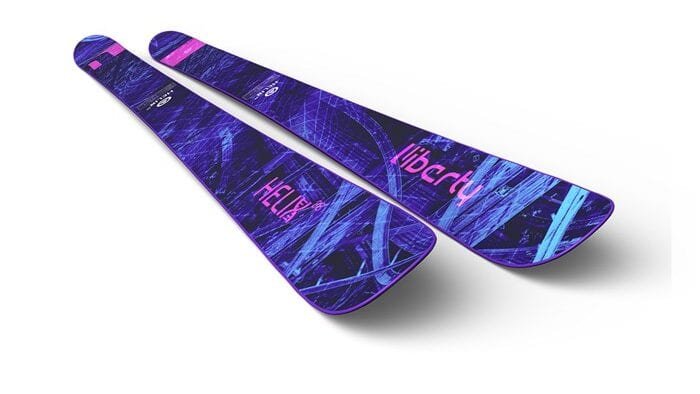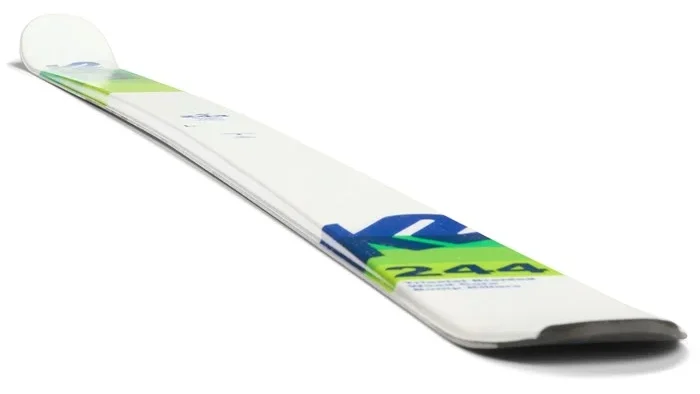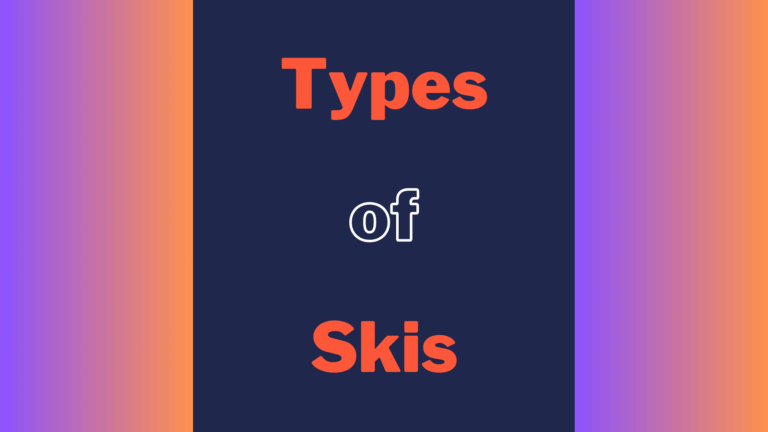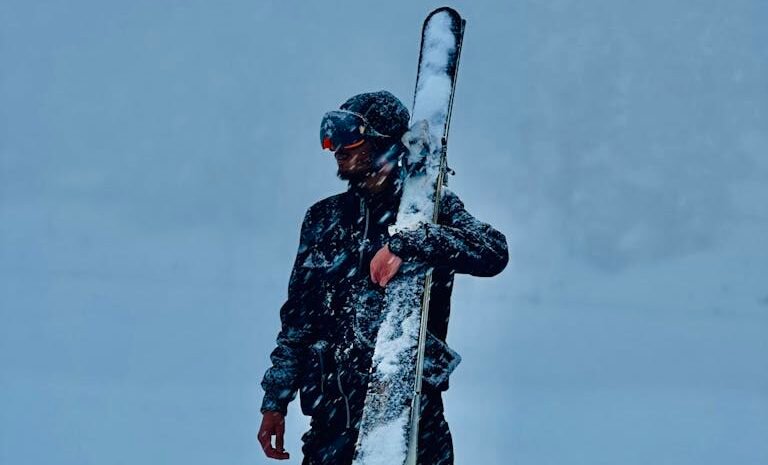Camber vs Rocker Skis: Which is Best for You?
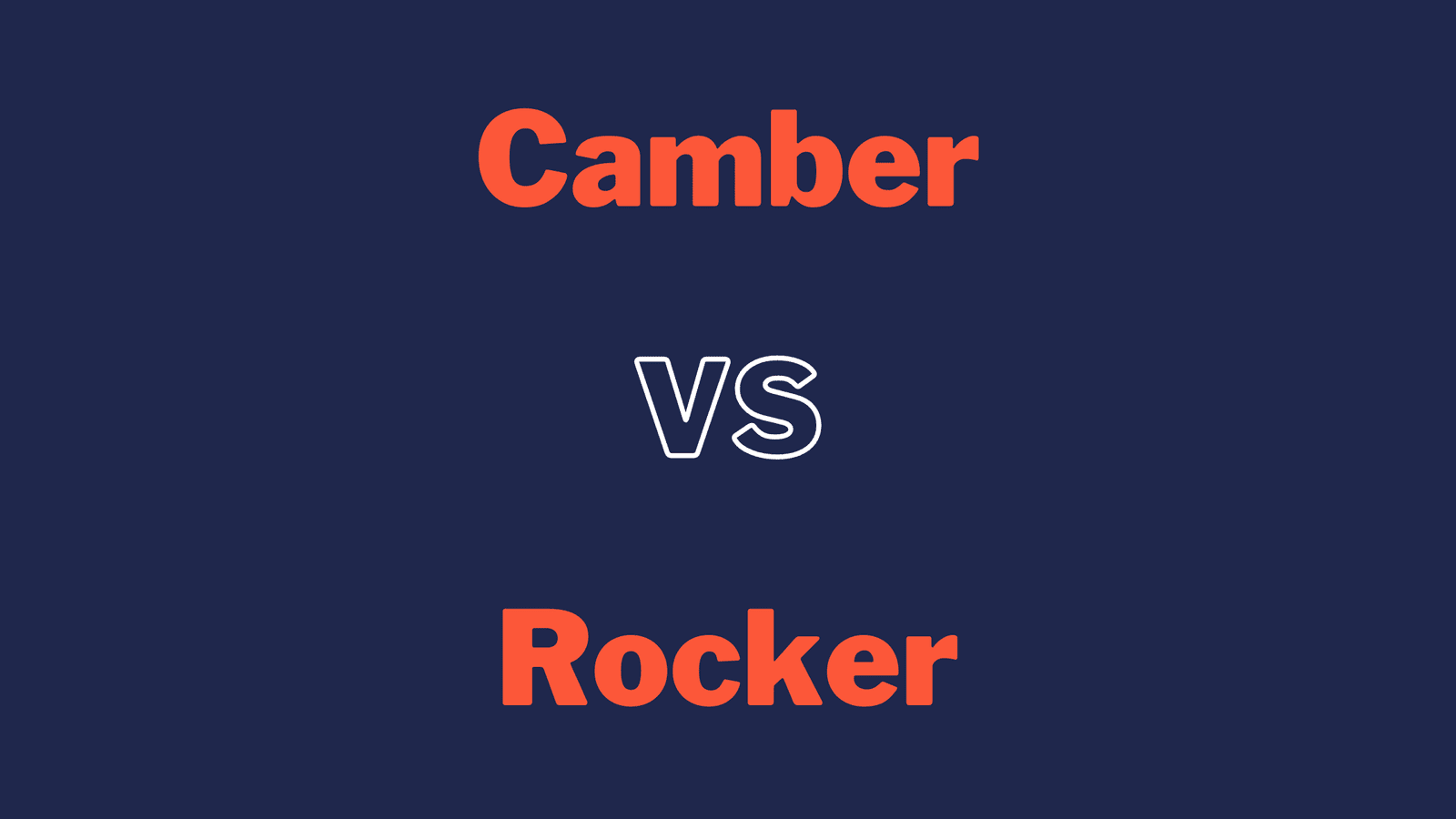
When it comes to selecting the right skis, the debate between camber and rocker profiles is fundamental, influencing everything from handling to performance in various snow conditions. Camber and rocker refer to the curve of the ski when viewed from the side, and each offers distinct advantages and drawbacks depending on the skier’s style, preferences, and the terrain they plan to conquer.
In this article, we will delve into the differences between camber and rocker skis, explore their pros and cons, and provide you with essential factors to consider when making your decision. So, let’s start by understanding the basics of skis.
Understanding the Basics of Skis
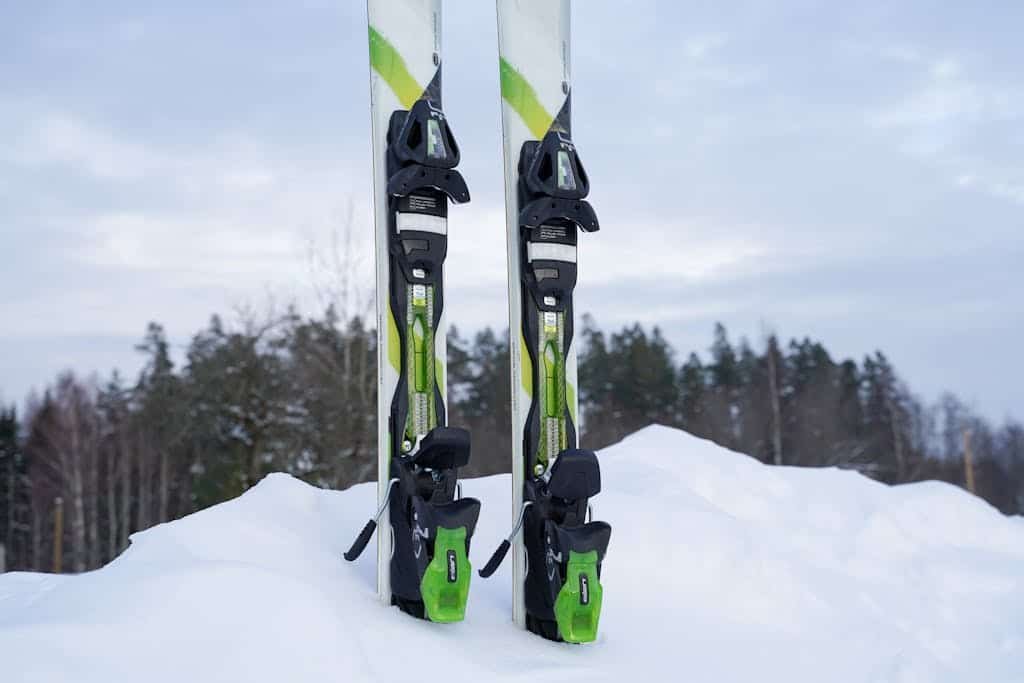
The Anatomy of a Ski
Before we jump into the specifics of camber and rocker skis, it’s important to understand the basic anatomy of a ski. A typical ski consists of three primary parts: the tip, the waist, and the tail.
The tip is the forward-most part of the ski, designed to help you initiate turns smoothly. It is often shaped with a gentle curve to facilitate easy entry into turns and to prevent catching on the snow. The waist is the narrowest part of the ski and serves as the point where your bindings are mounted, connecting you to the ski and allowing for control and maneuverability. Finally, the tail is the rear part of the ski, which aids in the completion of turns by providing stability and support as you exit a turn.
Understanding the nuances of each part of a ski can greatly enhance your skiing experience. For example, a longer tail can provide more stability at high speeds, while a wider tip can help with floatation in deep powder.
What is Camber?
Camber is a traditional ski design where the center of the ski is slightly raised off the ground when unweighted. When you apply pressure to the ski, the camber flattens out, creating contact between the ski and the snow. Camber skis are known for their excellent edge control and stability on groomed slopes. This design allows for precise carving and efficient energy transfer from skier to snow, making them a popular choice for those who enjoy carving on hard-packed snow.
What is Rocker?
Rocker, also known as reverse camber, is a newer ski design where the ski’s tip and tail are raised off the ground, with the waist touching the snow. Rocker skis offer enhanced maneuverability in soft snow, thanks to their increased floatation and ease of turn initiation. The lifted tip and tail make it easier to navigate through variable terrain and deep snow, reducing the chances of catching an edge and providing a more forgiving ride for beginners and experts alike.
When choosing between camber and rocker skis, consider the type of terrain you most frequently ski on and your preferred skiing style. Camber skis excel on groomed runs and hard snow, offering precision and stability, while rocker skis are better suited for powder and off-piste adventures, providing agility and versatility.
The Pros and Cons of Camber Skis
When it comes to choosing the right skis for your winter adventures, understanding the pros and cons of camber skis is crucial. Camber skis are known for their unique design that features a slight arch underfoot, with the contact points closer to the tip and tail of the ski. This design offers several advantages that cater to specific skiing styles and preferences.
Advantages of Camber Skis
- Camber skis provide excellent edge grip on hard-packed snow, making them ideal for carving turns.
- They offer enhanced stability and control, especially at high speeds.
- Camber skis tend to have a more responsive and energetic feel on groomed slopes.
One of the key benefits of camber skis is their ability to deliver precise and powerful turns on well-maintained trails. The camber profile distributes the skier’s weight evenly along the length of the ski, resulting in increased edge hold and responsiveness. This feature makes camber skis a popular choice for skiers who enjoy making aggressive, high-speed turns on firm snow conditions.
Disadvantages of Camber Skis
- They can be less forgiving than rocker skis, requiring more technical skill to initiate turns in deep or soft snow.
- Camber skis may feel slightly harsher when encountering bumps or uneven terrain.
- They have limited flotation in deep powder, potentially leading to more effort required to stay afloat.
Despite their advantages, camber skis have some limitations that skiers should consider. For instance, the traditional camber profile can make it challenging to maneuver in deep powder or variable snow conditions. Skiers who prefer exploring off-piste terrain may find camber skis less forgiving and more demanding on their technique compared to rocker skis.
The Pros and Cons of Rocker Skis
Rocker skis, also known as reverse camber skis, have a curved shape that lifts the tip and tail off the snow, while the center remains in contact with the surface. This design offers several advantages that cater to different skiing styles and preferences.
Advantages of Rocker Skis
- Rocker skis excel in soft snow conditions, providing superior floatation and effortless turn initiation.
- They offer increased maneuverability, allowing you to navigate through tight spaces and trees with ease.
- Rocker skis have a more forgiving nature, making them suitable for skiers of varying skill levels.
Moreover, the rocker profile enhances the skis’ performance in powder snow by preventing them from sinking too deeply, thus reducing leg fatigue and allowing for a more enjoyable skiing experience. The lifted tips also make it easier to initiate turns in variable terrain, giving skiers greater control and confidence when tackling challenging slopes.
Disadvantages of Rocker Skis
- Rocker skis can be less stable at high speeds and may not offer the same edge hold on hard-packed snow.
- They require more effort to carve precise turns on firm or groomed slopes compared to camber skis.
- Rocker skis may feel slightly less responsive and energetic on groomed runs.
On the flip side, the design of rocker skis may pose challenges for skiers seeking stability and edge grip on icy or hard-packed snow. The lifted tips and tails reduce the effective edge length in contact with the snow, potentially impacting the skis’ performance when carving at high speeds or making aggressive turns on firm surfaces. Skiers who prioritize precision and responsiveness in their skiing technique may find rocker skis to be less suitable for their needs, especially on groomed runs where a camber ski’s traditional design may offer better energy transfer and edge control.
Factors to Consider When Choosing Between Camber and Rocker
Your Skiing Style and Skill Level
Your skiing style and skill level play a vital role in determining whether camber or rocker skis are better suited for you. If you primarily ski on groomed slopes and enjoy carving precise turns, camber skis may be ideal. The traditional camber profile provides excellent edge grip and stability, allowing you to confidently navigate steep slopes and icy conditions.
In contrast, if you prefer exploring off-piste terrain and deep powder, rocker skis might be your best bet. Rocker skis have a more playful and surfy feel, making it easier to pivot and maneuver through variable snow conditions. Additionally, if you’re a beginner or intermediate skier, rocker skis can help boost your confidence and ease your learning curve by forgiving mistakes and providing a more forgiving ride.
The Terrain You’ll Be Skiing On
The type of terrain you frequently encounter should also guide your decision. If you primarily ski on groomed runs or icy slopes, where edge hold and stability are crucial, camber skis are typically more suitable. The camber profile excels in providing precise turn initiation and powerful energy transfer from edge to edge, ideal for carving down hard-packed snow. However, if you often find yourself in powder-filled bowls or backcountry terrain, rocker skis will provide better floatation and maneuverability. The rockered tips and tails of these skis prevent them from diving into deep snow, allowing you to stay on the surface and enjoy effortless turns in fresh powder.
Your Personal Preferences
Lastly, consider your personal preferences when choosing between camber and rocker skis. Think about the feeling you desire when skiing, the type of turns you enjoy making and the aspect of skiing that brings you the most joy. Are you someone who loves the precision and responsiveness of carving on groomed runs, or do you thrive on the freedom and playfulness of surfing through powder? Trust your instincts and go with what feels right for you. Remember, the best ski for you is the one that complements your style, enhances your experience on the mountain, and puts a smile on your face with every turn.
Making the Final Decision: Camber or Rocker?
Assessing Your Needs and Goals
Now that you have a clear understanding of the differences, advantages, and disadvantages of camber and rocker skis, it’s time to assess your personal needs and skiing goals. Reflect on the type of terrain you frequent, your skill level, and the experience you want to have on the slopes. Are you an adrenaline junkie seeking high-speed thrills on steep, icy slopes? Or do you prefer the freedom of exploring powder-filled backcountry trails? These are important factors to consider when choosing between camber and rocker skis.
If you often find yourself carving precise turns on groomed runs, camber skis might be your best bet. The traditional camber profile provides excellent edge hold and stability, allowing you to confidently navigate icy conditions. On the other hand, if you enjoy playing in the terrain park or effortlessly gliding through deep powder, rocker skis might be more suitable. The rocker profile, with its lifted tip and tail, enhances maneuverability and floatation, making it easier to navigate variable snow conditions.
Weighing the Pros and Cons
Consider the pros and cons we’ve highlighted for each ski type. While camber skis excel in edge hold and stability, they may not perform as well in deep powder or variable snow conditions. Rocker skis, on the other hand, offer enhanced maneuverability and floatation but may sacrifice some stability on hard-packed snow. It’s important to evaluate which aspects are most important to you and rank them in order of priority. Are you willing to trade off stability for increased maneuverability? Or do you prioritize stability above all else?
Another factor to consider is your skill level. If you’re a beginner or intermediate skier, camber skis might provide a more forgiving and stable platform to develop your skills. Advanced and expert skiers, on the other hand, might appreciate the playful and versatile nature of rocker skis. It’s all about finding the right balance between your skill level, skiing style, and the type of terrain you enjoy.
Trusting Your Gut Feeling
At the end of the day, trust your gut feeling. You know yourself and your skiing preferences better than anyone else. Sometimes, even if the data suggests one thing, your intuition may guide you in the opposite direction. Maybe you’ve always been drawn to the nimble and playful nature of rocker skis, even though the terrain you frequent calls for the stability of camber skis. Or perhaps you’ve had a taste of the stability and control offered by camber skis, and you’re eager to push your limits with the maneuverability of rocker skis. Listen to your instincts and choose the ski that resonates with you the most.
Now armed with a comprehensive understanding of camber and rocker skis, as well as the factors to consider when making your decision, you can confidently choose the ski type that best suits your needs and goals. Whether you opt for the stability and control of camber skis or the maneuverability and floatation of rocker skis, remember that the ultimate goal is to have an exhilarating and enjoyable skiing experience. So hit the slopes with confidence and embrace the ride!
And don’t forget, the world of skiing is ever-evolving. New ski technologies and designs are constantly being developed, offering even more options to choose from. So even if you make a decision now, don’t be afraid to explore different ski types in the future. Who knows, you might discover a whole new world of skiing possibilities!

